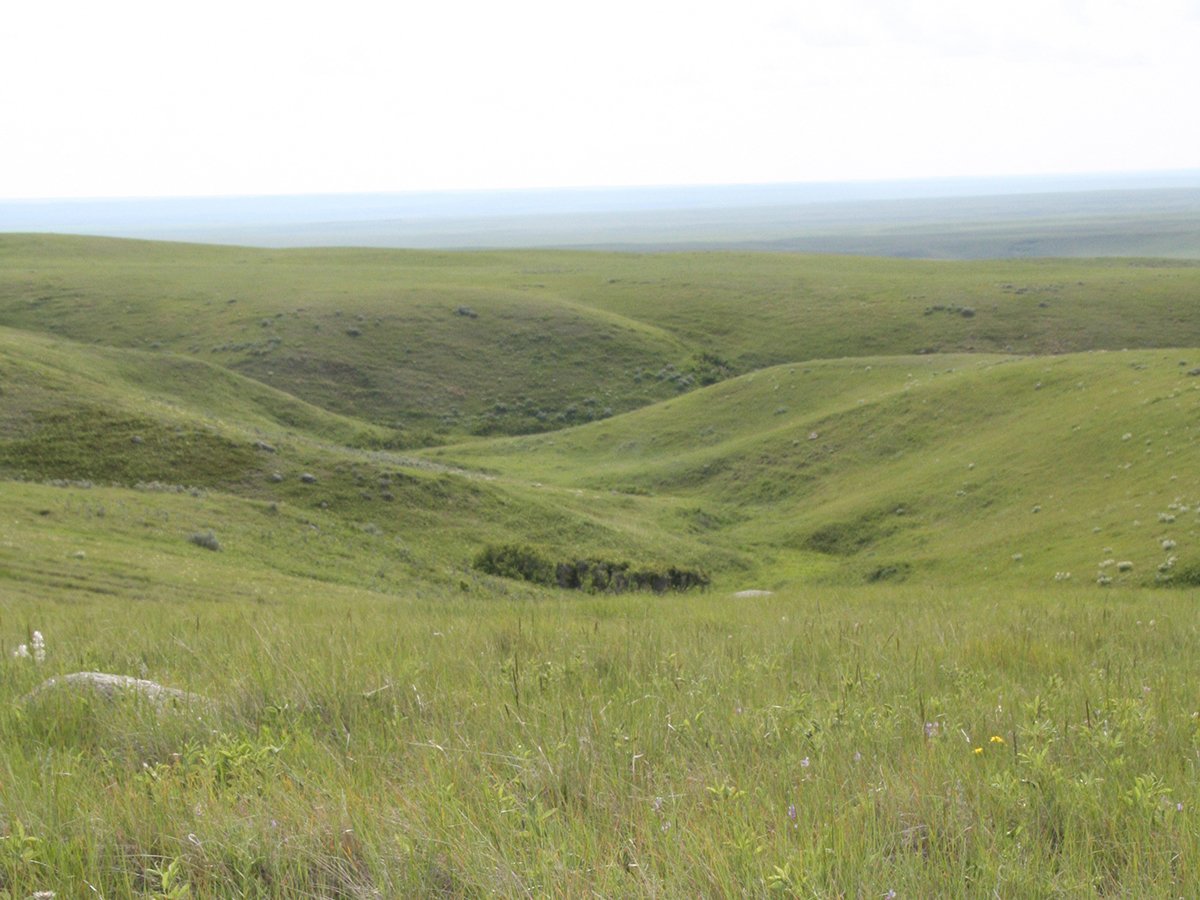A healthy riparian area might be the salvation of some grazing
operations in years of water and grass shortages.
Riparian areas are the thin green strips of vegetation surrounding
streams and rivers. They provide extra forage and help maintain a
healthy water supply.
Less than two percent of the prairie landscape is riparian area yet
that narrow green band is necessary for wildlife habitat, livestock
operations and human water supplies.
These areas grow three to five times more forage than uplands.
Read Also

Alberta irrigation project on grasslands approved
Environmental concerns raised by Alberta conservation groups over irrigation expansion project within rural municipality
“On some ranches, 30 to 60 percent of the forage base of that ranch
comes from two to five percent of the landscape,” said Alberta
government biologist Lorne Fitch.
“It’s good business to manage these well because this is where most of
your forage comes from.”
Fitch, who helped develop the cows and fish program for better
management of riparian areas, said cultivation, overgrazing and logging
operations have taken their toll on many riparian areas.
“That one or two percent has probably been changed much more under our
care for the last 100 years than the 98 percent of land called
uplands,” he said.
But eroded riparian landscapes can be returned to health over time with
careful attention and managed livestock grazing.
“Riparian management is about outsmarting a cow. Surely we are up to
the task,” said Fitch.
A healthy riparian area has a water supply, soil composition that works
well with water, water-loving plants and woody species that hold the
soil.
Plants that evolve in these areas are good at fixing nutrients that
arrive during runoff. Strong plant roots and deadfall can capture
sediment as it passes through, building banks with rich soil capable of
growing healthy forages.
Bull rushes, sedges and grasses are well adapted to holding sediment,
absorbing nutrients and providing nesting areas for waterfowl. Rushes
also shade the water.
Agricultural and environmental groups are working with landowners to
promote environmentally sustainable practices.
Their efforts include building exclusion fences, planting trees and
providing access points so livestock can get water without leaving
manure or punching holes in the banks.
If an area is left untended, the results are erosion, poor water
quality and reduced supply.
Cattle should be discouraged from grazing riparian areas in spring when
the ground is wet or the frost is just coming out of the ground.
“At certain times of the year, these riparian areas are very sensitive
and very vulnerable,” said Tim Deitzler, agricultural fieldman with the
Municipal District of Rockyview.
“If we can defer the grazing to those sensitive periods of time to
later on, we can still use the grass without having a negative effect,”
he said.
Riparian land is like a sponge so producers must consider rotational
and deferred grazing. Wintering sites may need to be moved. If cattle
leave manure deposits on frozen ground, it seeps into the soil and
could contaminate the water.
Conservation groups say grazing can occur on productive riparian areas
but it must be monitored and grazing periods should be adjusted to keep
these fragile areas in good shape.
This means leaving sufficient carry over and allowing for woody species
to regenerate.
Rest is an important part of the grazing plan.
Corridor fencing should only be used as a last resort along severely
degraded areas. Alternate water sites may be developed in uplands to
draw cattle away from the creeks.
Signs of stream bank degradation include shallow-rooted vegetation with
relatively low productivity, no woody vegetation like willows or
shrubs, lack of shade and overhanging vegetation, stream bank collapse,
a wide stream channel with shallow, muddy water, exposed soil and poor
plant cover.

















